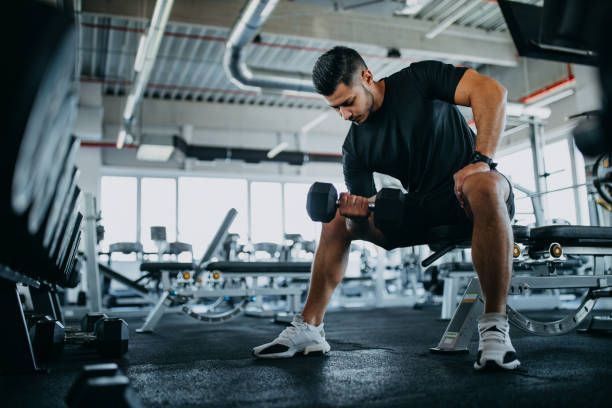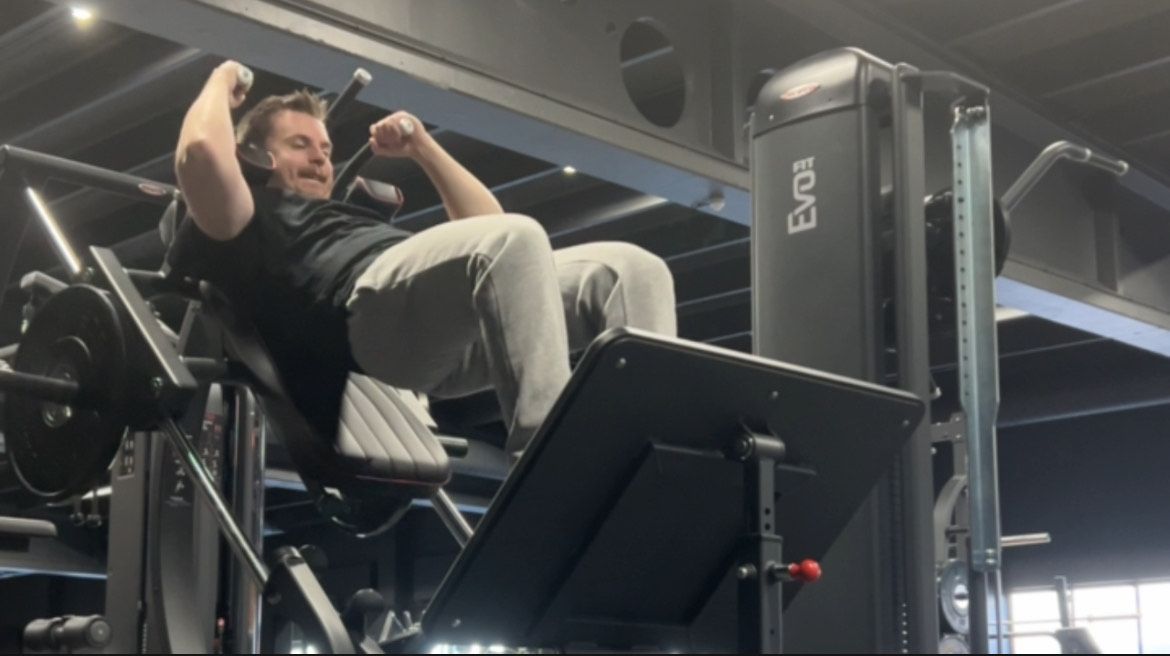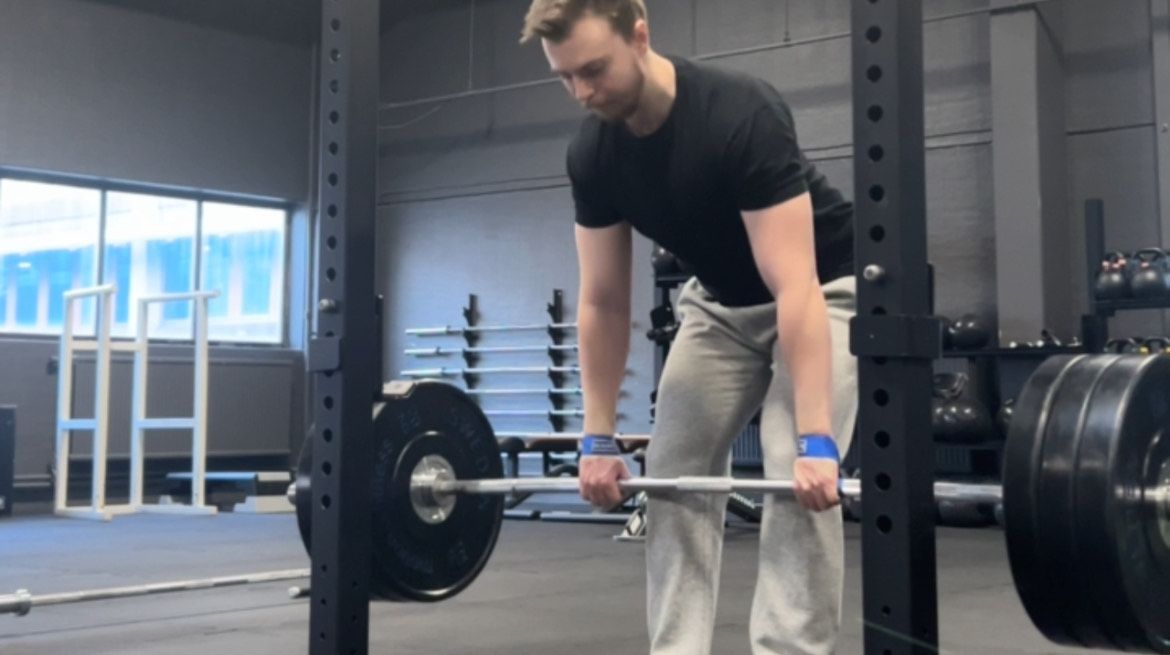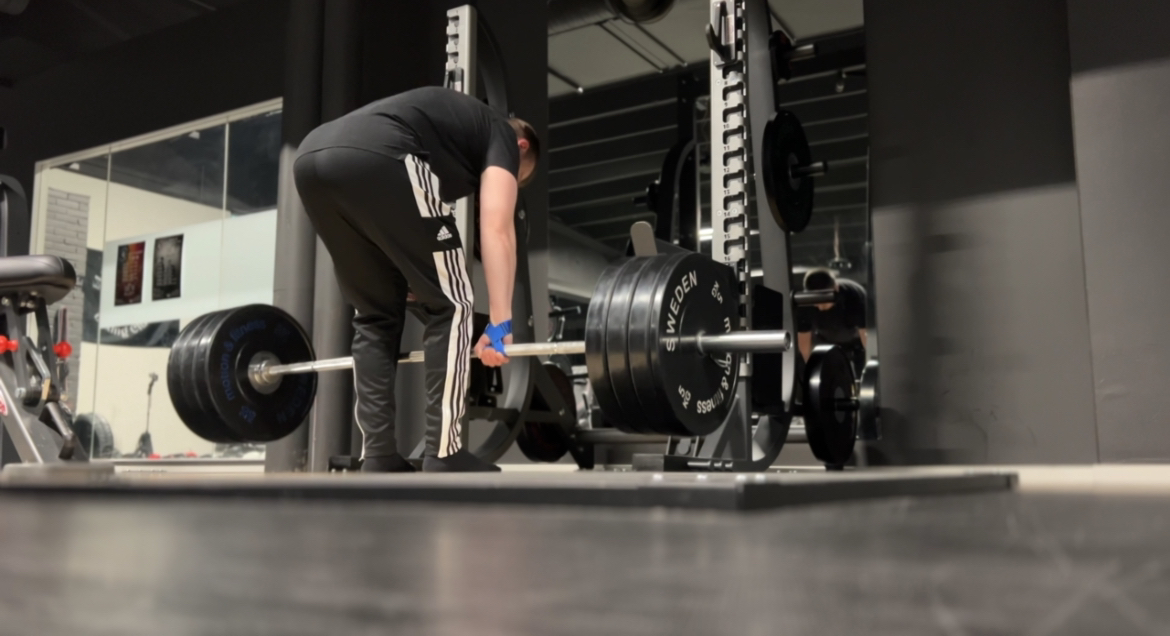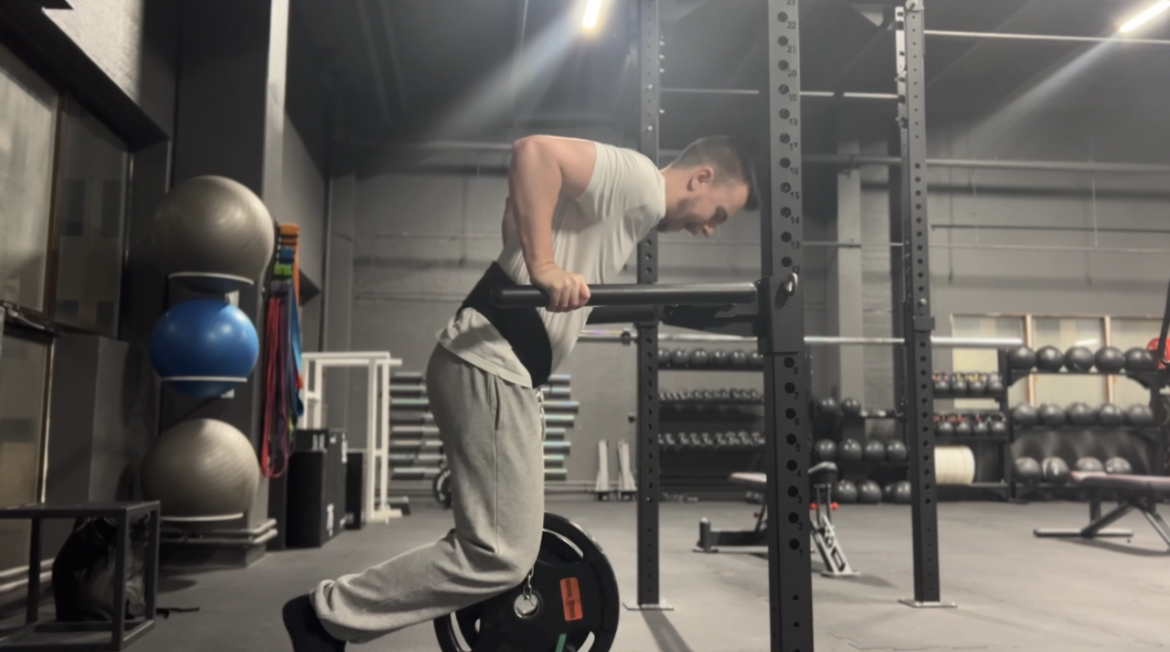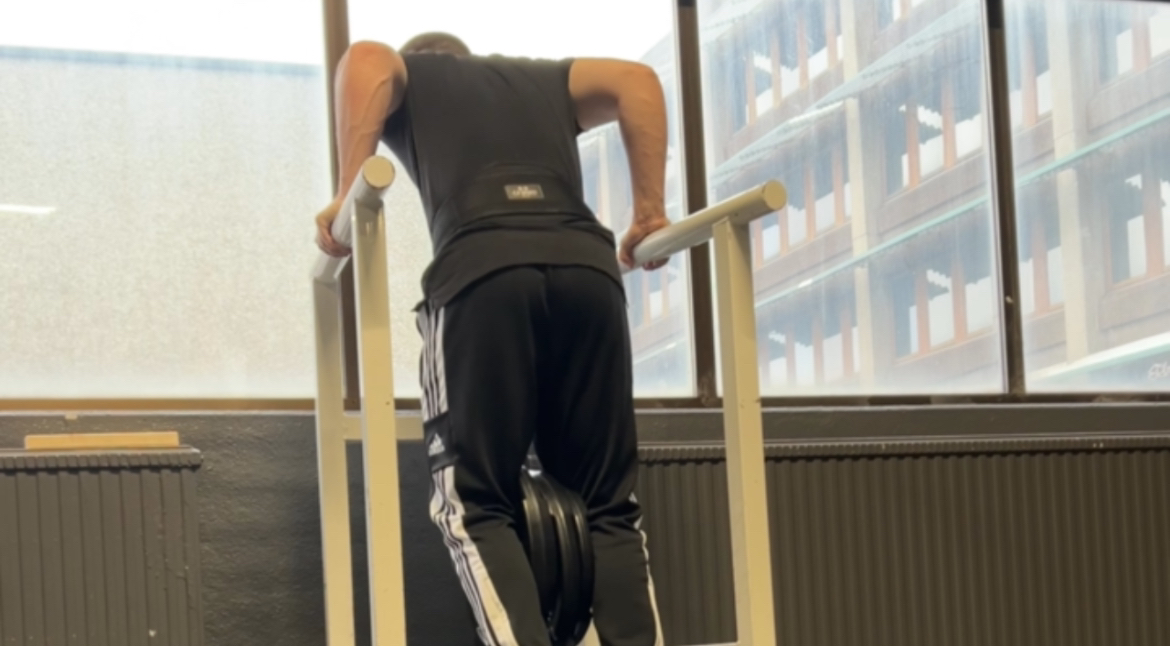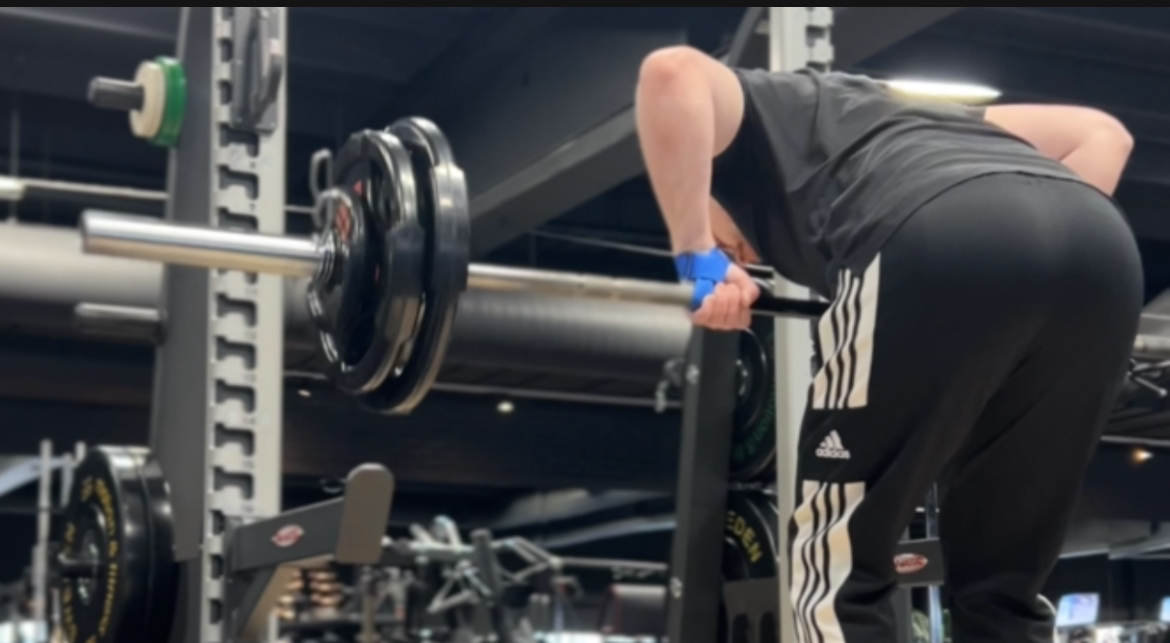How Often Should You Train Legs in the Gym?
Perfect balance for growth and recovery
Leg day is notorious for its intensity and the level of effort it demands, but it’s a critical component of any well-rounded workout routine. Training legs not only strengthens the lower body but also promotes overall muscle growth, improves athletic performance, and enhances functional strength. But one common question many people ask is: How often should you train legs to maximize results without overtraining?
The answer depends on various factors, including your fitness goals, experience level, recovery ability, and the structure of your workout program. In this article, we’ll explore how often you should train legs and the key considerations to keep in mind for effective and sustainable leg workouts.
1. Your Fitness Goals: Hypertrophy, Strength, or Endurance?
The frequency of your leg workouts largely depends on your fitness goals:
- Hypertrophy (Muscle Growth): If your goal is to build muscle mass, it’s generally recommended to train legs 2-3 times per week. This frequency allows you to stimulate muscle growth without overworking the muscles, ensuring you provide enough stimulus for growth while also allowing time for recovery. By spacing out leg workouts across the week, you can target different muscle groups (quads, hamstrings, glutes, calves) in each session or mix in full-leg workouts that cover all the major muscle groups.
- Strength: If your goal is to increase leg strength, you may benefit from training legs 2-3 times per week with a focus on heavier, compound lifts like squats, deadlifts, and lunges. Strength training typically involves lower reps (3-6) with heavier weights, and recovery is crucial. Training legs more than three times a week for strength gains can lead to burnout or injury due to the high intensity of these workouts.
- Endurance: For those focusing on leg endurance or athletic performance, training legs more frequently (3-4 times per week) can be beneficial, but with lower weights and higher repetitions (12-20 reps). Incorporating bodyweight exercises, light resistance, or circuit training allows you to improve endurance without placing excessive strain on your muscles and joints.
2. Training Experience: Beginners vs. Advanced Lifters
Your level of experience plays a significant role in determining how often you should train legs.
- Beginners: If you’re new to weightlifting or strength training, starting with 1-2 leg sessions per week is ideal. This gives your muscles, tendons, and joints time to adapt to the new stress and helps prevent injury. As you build a foundation of strength and endurance, you can gradually increase the frequency to 2-3 sessions per week.
- Intermediate and Advanced Lifters: More experienced lifters typically have better recovery abilities and can handle higher training volumes. For intermediate and advanced athletes, 2-3 leg days per week is a solid approach, allowing for enough volume and intensity to promote muscle growth and strength while ensuring recovery. Some advanced lifters may even benefit from training legs more frequently, but only if recovery and nutrition are optimized.
3. Recovery and Muscle Fatigue
One of the most important factors to consider when determining how often to train legs is recovery. Your legs are home to some of the largest muscles in your body, including the quadriceps, hamstrings, and glutes, which can require significant time to recover after intense training sessions.
- Recovery Time: After an intense leg workout, your muscles typically need 48-72 hours to fully recover, depending on the intensity, volume, and your individual recovery rate. Training legs too frequently without adequate recovery can lead to overtraining, decreased performance, and increased risk of injury.
- Listening to Your Body: Pay attention to how your legs feel after training. If you're still experiencing soreness or fatigue 48 hours after a workout, it’s a sign that your muscles haven't fully recovered. In this case, it’s wise to give your legs another day of rest before hitting them again.
4. Program Structure: Splits vs. Full Body
The structure of your workout program also influences how often you should train legs.
- Full-Body Workouts: If you're following a full-body workout routine, you’ll likely train legs 2-3 times per week. In these workouts, you’ll incorporate compound leg exercises like squats or lunges alongside upper body and core exercises. Since the volume for legs is lower in each session, you can train them more frequently without overloading any specific muscle group.
- Split Training: For those following a split routine (e.g., upper/lower split or a push/pull/legs split), you might dedicate 1-2 days specifically to leg training. For instance, in a push/pull/legs split, you'll have one full leg day per cycle, which often results in training legs once every three days, or about twice a week.
- Specialization Programs: If you're focusing specifically on leg development (e.g., trying to build bigger quads or glutes), you might increase the frequency to 3 or even 4 times per week. However, you’d need to carefully manage the volume and intensity to avoid overtraining, perhaps by focusing on different muscle groups or aspects of leg training in each session (e.g., quads on one day, hamstrings on another).
5. Individual Recovery Capacity
Everyone’s recovery capacity is different, and factors like sleep, nutrition, stress levels, and overall lifestyle can impact how often you should train legs.
- Sleep and Nutrition: Recovery is not just about time between workouts but also how well you fuel and rest your body. Consuming enough protein, carbohydrates, and healthy fats, along with proper hydration, will support muscle repair. Getting sufficient sleep (7-9 hours per night) is essential for recovery, especially after heavy leg sessions.
- Age and Lifestyle: As you age, your body’s recovery capabilities may change. Older lifters may need more rest days between leg workouts compared to younger individuals. Similarly, those with high-stress lifestyles or jobs that require a lot of physical activity may also need more recovery time between sessions.
6. Variety and Periodization
Variety in your leg training can also determine how often you can train legs without burning out. Incorporating different types of exercises, rep schemes, and training methods (such as hypertrophy, strength, or endurance training) can help reduce overuse injuries and allow you to train legs more frequently without overloading the same muscles repeatedly.
Periodization, or structuring your training in cycles, can be an effective strategy for leg training. For example, you might have a few weeks of heavier leg training followed by a lighter week to allow for recovery. This approach helps prevent plateaus and overtraining while promoting continuous progress.
Conclusion
How often you should train legs depends on a combination of factors including your goals, experience level, recovery ability, and program structure. As a general guideline, training legs 2-3 times per week is optimal for most people, allowing for sufficient stimulation for growth and strength gains while ensuring adequate recovery. Beginners may start with fewer sessions, while advanced athletes can fine-tune their leg day frequency based on their specific needs and recovery.
Remember, more is not always better when it comes to leg training. Balancing intensity, volume, and recovery is key to avoiding overtraining and making consistent progress. Pay attention to your body, adjust your routine as needed, and make sure you’re getting plenty of rest, proper nutrition, and recovery to see the best results from your leg workouts.

